Japanese goby (Tridentiger trigonocephalus)
Have you seen this marine pest in NSW?
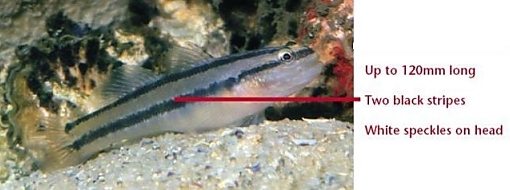
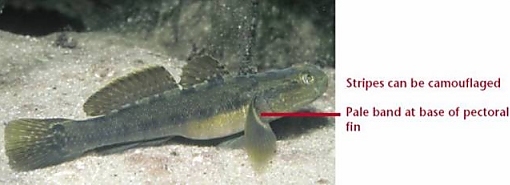
Key features
Habitat
- Estuaries and rocky reef areas; resides on the bottom, near objects such as rocks, under which it can hide.
Current locations
- NSW: Sydney Harbour, Port Kembla.
- Victoria and Western Australia
Impacts
- Competes with native species
Similar native species
These native species may be confused with this marine pest.
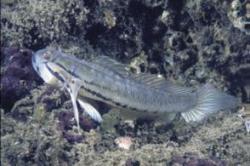
Arenigobius bifrenatus
Key features:
- Short round head
- More colourful
- 2 black stripes don't extend the entire length of the body
Habitat:
- Abundant just below tide level on mudflats near seagrass beds.
Bathygobius kreffti
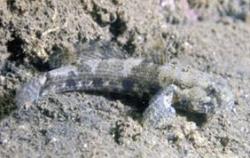
Key features:
- Rounded head
- Mottled appearance
- Dark patches on top and sides
Habitat:
- Prefers subtidal reefs up to 8m depth
Istigobius hoesei
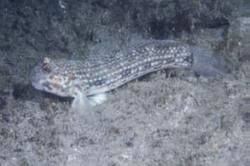
Key features:
- Raised eyes
- Pale colour with blue dots and dashes
Favonigobius tamarensis
Key features:
- Mottled appearance
- Lighter underside
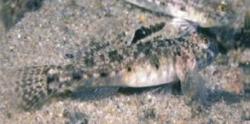
Habitat:
- Buries itself in burrows; often found in seagrass beds.
What is NSW DPI doing?
On the 1st July 2017 the NSW Government implemented the new Biosecurity Act 2015 (the Act). Under this new legislation the Japanese Goby are declared a notifiable species in NSW under Part 2, Schedule 1 of the Biosecurity Regulation 2017 (the Regulation). Under Part 2, Division 5, Clause 18 of the Regulation it is illegal to possess, buy, sell or move this pest in NSW. Heavy penalties apply for non-compliance.
People are expected to have a basic level of knowledge about the biosecurity risks they might encounter in their normal work and recreational activities. All community members have a general biosecurity duty to consider how actions, or in some cases lack of action could have a negative impact on another person, business enterprise, animal or the environment. We must then take all reasonable and practical measures to prevent or minimise the potential impact.
If you see this pest in NSW, please report it immediately
- Note the exact location
- If possible take a photo and/or collect a sample
- Freeze sample in a plastic bag
- Report your sighting